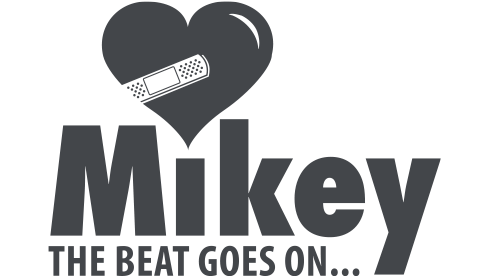Dietary Approaches to Help Control Hypertension
 One of the most common reasons for hypertension and the risk of heart disease among Canadians is due to a person’s diet. Simply, many of us are consuming far too much salt, fat and sugar that can affect our health, quality of life and overall longevity.
One of the most common reasons for hypertension and the risk of heart disease among Canadians is due to a person’s diet. Simply, many of us are consuming far too much salt, fat and sugar that can affect our health, quality of life and overall longevity.
To combat this, researchers and heart-related organizations have developed a dietary plan called, Dietary Approaches to Stop Hypertension, or what is known as the DASH diet. The diet consists of vegetables, fruit, whole grains, low-fat dairy products and a lower level of salt. Dietitians of Canada states that DASH can even be as effective as some medications in helping keep blood pressure levels in a normal range.
Why is a healthy blood pressure important?
High blood pressure and carrying excess weight on your body, causes the heart to work harder to pump nutrient- and oxygen-rich blood to the body. The arteries that deliver the blood become scarred and less elastic. Although these changes happen to everyone as they age, they happen more quickly in people with high blood pressure. As the arteries stiffen, the heart has to work even harder, causing the heart muscle to become thicker, weaker and less able to pump blood. When high blood pressure damages arteries, they are not able to deliver enough blood to organs for their proper functioning.
DASH
To help walk us through this diet, we’ve asked our Registered Dietitian, Marsha Rosen, to explain its components and what a normal day would be like on the DASH diet.
The DASH diet emphasizes making meal and snack choices from the following Food Groups:
- Vegetables
- Fruit
- Grains
- Low Fat or No-Fat Dairy Foods
- Lean meats, poultry and fish
- Nuts, seeds and dry legumes
- Fats and oils
The DASH Eating Plan outlines what you would eat normally if you followed a 2000 calorie a day diet.
| Food Group | Number of daily servings |
Example of serving size |
| Grains | 6-8 | 1 slice whole grain bread
½ cup cooked brown rice or whole wheat pasta *Choose whole grains like oats, millet, barley, bulgur and quinoa most often* |
| Vegetables | 4-5 | ½ cup any raw or cooked vegetable
1 cup raw leafy vegetable ½ cup low sodium or reduced sodium vegetable and tomato juice |
| Fruit | 4-5 | 1 medium fruit ¼ cup dried fruit½ cup fresh, frozen or canned fruit or juice |
| Low-fat milk products | 2-3 | 1 cup skim or 1% milk
1 cup low-fat yogurt (2% milk fat or less) 1.5 oz low-fat cheese (19% milk fat or less) |
| Lean meat, poultry and fish | 6 or less | 1 oz cooked lean meat, skinless poultry or fish 1 egg |
| Nuts, seeds and legumes | 4-5 times per week | 1/3 cup unsalted nuts (almonds, walnuts)
2 Tbsp peanut butter 2 Tbsp seeds (sunflower, pumpkin) ½ cup cooked legumes (kidney beans, chickpeas) |
| Fats and oils | 2-3 | 1 tsp non-hydrogenated, unsalted margarine
1 tsp oil (olive, canola, etc.) 1 Tbsp low-fat mayonnaise or salad dressing |
| Sweets and added sugars | 5 or less per week | 1 tbsp sugar, jelly or jam
½ cup sorbet |
Minerals
In addition to focusing on these key food areas, the DASH eating plan encourages you to eat foods that are high in potassium, calcium and magnesium.
Potassium – Good sources of potassium include tomatoes, bananas, oranges, potatoes, nuts, lentils, beans, milk and fish.
Magnesium – Good sources of magnesium include spinach, whole grain cereals, nuts, seeds, fish, beans, soy and lentils.
Calcium – High amounts are found in milk, yoghurt, canned fish with bones mashed in, leafy green vegetables, beans and tofu (manufactured using calcium salts).
And finally – all of this is a wonderful beginning to lifelong healthy eating habits – the one other key step is to introduce some regular exercise that is personally enjoyable and done regularly. Get some professional help if you need it to start you on an appropriate program.






